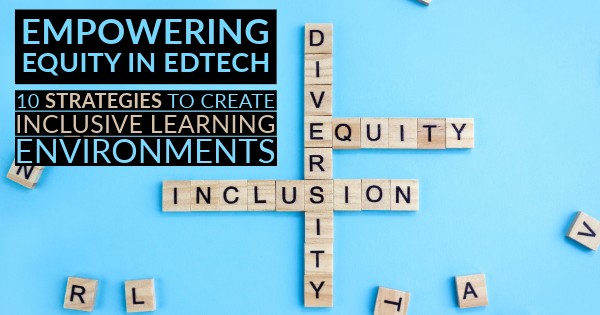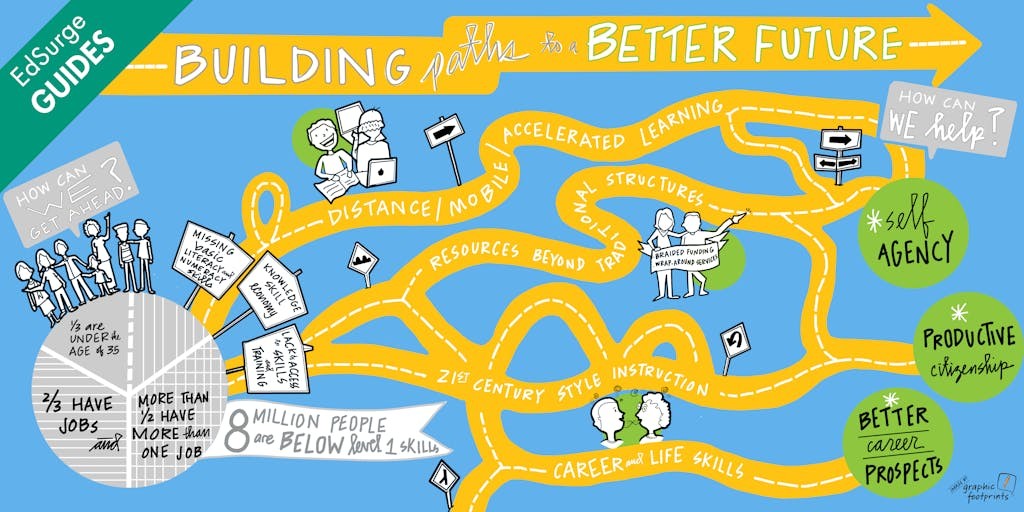Creating inclusive digital learning environments is no longer a niche concern—it’s a fundamental requirement for any organization or institution committed to equitable access and meaningful engagement. As education continues to shift toward online platforms and hybrid models, the challenge is not simply to digitize content but to ensure that every learner, regardless of background or ability, feels seen, supported, and empowered. Inclusion in digital learning is about more than accessibility checklists; it’s about designing experiences that recognize and respond to the diverse realities of learners.
At the heart of inclusive digital learning is the understanding that learners bring varied perspectives, needs, and contexts to the table. Some may be navigating language barriers, others may be managing disabilities, and many may be balancing education with work or caregiving responsibilities. A truly inclusive environment anticipates these differences and builds flexibility into its design. For example, offering multiple formats for content—such as video, text, and audio—allows learners to choose the mode that best suits their preferences and circumstances. This isn’t just a technical feature; it’s a signal that the platform values autonomy and respects individual learning styles.
Technology can be a powerful enabler of inclusion, but only when it’s used thoughtfully. Tools that support real-time translation, screen readers, and adaptive assessments can help bridge gaps, but they must be integrated with intention. It’s not enough to add features after the fact; inclusivity needs to be part of the design process from the beginning. Consider a learning management system that automatically adjusts font size and contrast based on user settings. This kind of responsiveness shows a commitment to user experience and ensures that learners aren’t forced to navigate barriers just to participate.
Inclusivity also extends to the social and emotional dimensions of learning. Digital environments can sometimes feel isolating, especially for those who don’t see themselves reflected in the content or community. Creating spaces where learners can connect, share, and collaborate helps build a sense of belonging. This might involve discussion forums, peer feedback opportunities, or virtual group projects. But it also requires moderation and guidance to ensure that interactions remain respectful and inclusive. When learners feel psychologically safe, they’re more likely to engage deeply and take intellectual risks.
Representation plays a crucial role in fostering inclusion. The images, examples, and narratives used in digital content should reflect a wide range of cultures, identities, and experiences. This doesn’t mean tokenism—it means authenticity. A science module that includes contributions from researchers around the world, or a history lesson that explores multiple perspectives on an event, invites learners to see themselves as part of the story. It also challenges dominant narratives and encourages critical thinking. Businesses and institutions that prioritize diverse representation in their learning materials send a clear message: everyone’s voice matters.
Another important aspect of inclusive digital learning is feedback. Learners need to know not only how they’re doing but also how they can improve. Feedback should be timely, constructive, and tailored to individual progress. Automated systems can provide instant responses, but human interaction remains essential. Instructors and facilitators should be trained to recognize different learning needs and respond with empathy. A learner who is struggling may not need more content—they may need reassurance, encouragement, or a different approach. Inclusion means meeting learners where they are, not where we expect them to be.
Data can also inform inclusivity, but it must be used ethically. Analytics can reveal patterns in engagement, performance, and access, helping educators identify where support is needed. However, data should never be used to label or limit learners. Instead, it should guide interventions that are supportive and empowering. For instance, if a platform notices that certain learners consistently skip video content, it might explore whether bandwidth issues or language barriers are at play. The goal is not to enforce uniformity but to understand and respond to diversity.
Leadership plays a pivotal role in creating inclusive digital learning environments. When decision-makers prioritize inclusion, it becomes embedded in the culture of the organization. This means allocating resources for accessibility, investing in training, and listening to feedback from learners and educators alike. It also means being willing to evolve. Inclusion is not a one-time initiative—it’s an ongoing commitment to reflection, adaptation, and growth. Businesses that embrace this mindset often find that inclusive practices lead to broader innovation, stronger engagement, and deeper impact.
Ultimately, creating inclusive digital learning environments is about honoring the complexity of human experience. It’s about recognizing that learning is not a one-size-fits-all journey and that digital platforms have the potential to either amplify or diminish that truth. When businesses and institutions build with inclusion in mind, they don’t just expand access—they enrich the learning experience for everyone. They create spaces where curiosity thrives, where differences are celebrated, and where every learner has the opportunity to succeed. In a rapidly changing world, that kind of environment isn’t just beneficial—it’s essential.




